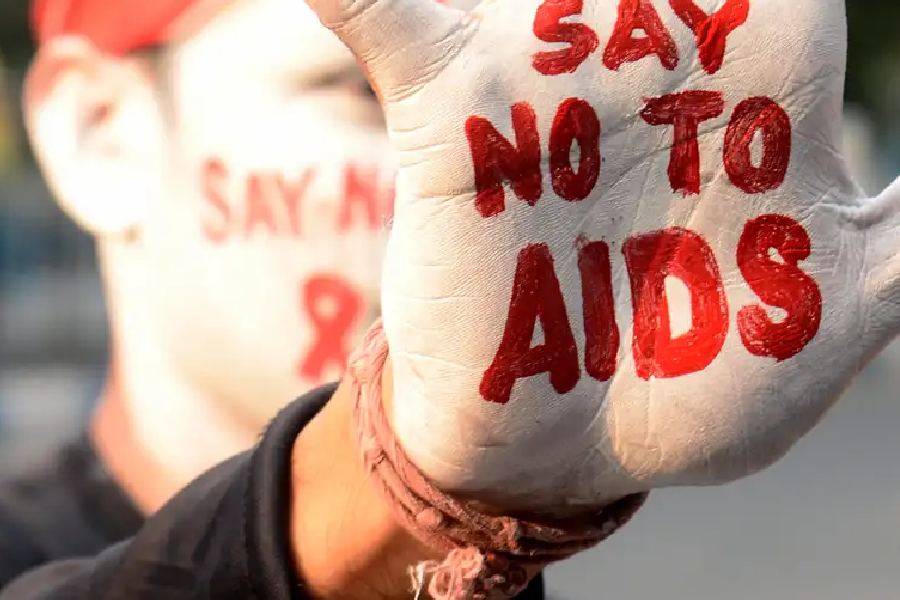Achieving success is difficult, but sustaining it is even harder. The global battle to eradicate AIDS is an example. While the infectious disease may not carry an imminent death sentence any longer owing to a plethora of medical breakthroughs in the past decades, it remains incurable, with HIV affecting nearly 1.5 million people globally every year. A reappraisal of the potency of the epidemic is thus necessary to gauge its threat. The annual update released recently by the Joint United Nations Programme on HIV/AIDS shows that the battle against the scourge is marred with obstacles, new and old. While mortality has decreased, a life was lost every minute due to AIDS in 2022. There are other challenges. Even though there has been a four-fold increase in the number of individuals availing of antiretroviral therapy, 9.2 million people still lacked access to treatment. There has been a decline in new infections. However, closer scrutiny reveals that this progress is also uneven. Women account for 46% of new infections, with 15 to 24-year-olds being infected disproportionately. The burden of infections is even higher among women in poorer countries and in specific constituencies. High-risk groups, such as sex workers, transgenders, drug addicts and prison inmates, are more vulnerable because of their inability to negotiate safe sex practices as well as the high rate of sexual violence. These realities, it is feared, may slow down the momentum generated in meeting the UN goal of ending HIV/AIDS by 2030 by several years.
A public health crisis, be it the AIDS epidemic or the Covid pandemic, witnesses the overlap of the medical with social, economic and cultural spheres. The biggest factors hindering the eradication of AIDS are not just the prohibitive cost of treatment but also poverty, gender discrimination and social stigma. India, despite making progress, has fallen short of achieving global targets. Notably, the HIV & AIDS (Prevention and Control) Act promulgated by the Indian government in 2017 prioritised the protection of patients; but there has not been a single prosecution under the Act yet in spite of there being reports of violations. The shortage of HIV drugs worldwide is an area of concern. Resistance to these drugs is also pushing people towards costlier second and third lines of treatment. The challenge is layered. The battle against AIDS will remain fraught without affirmative action across several realms.











